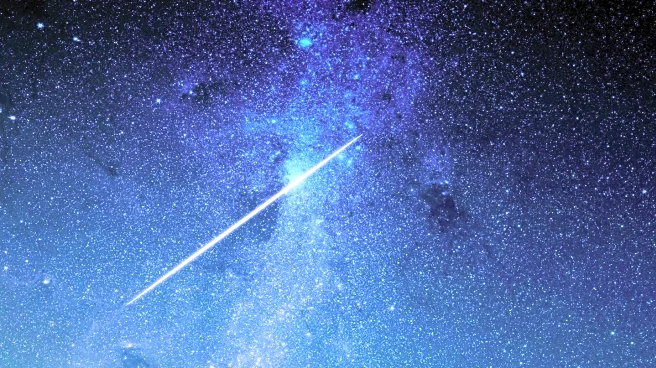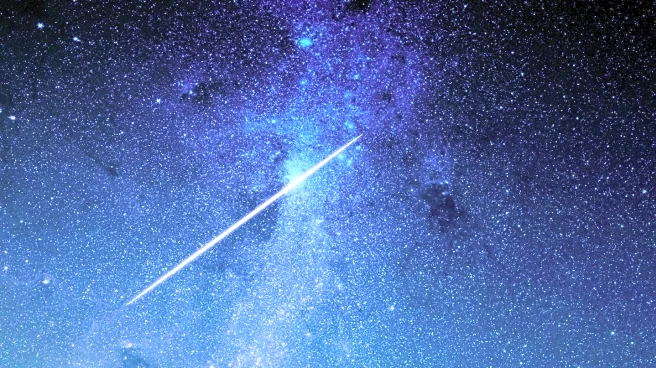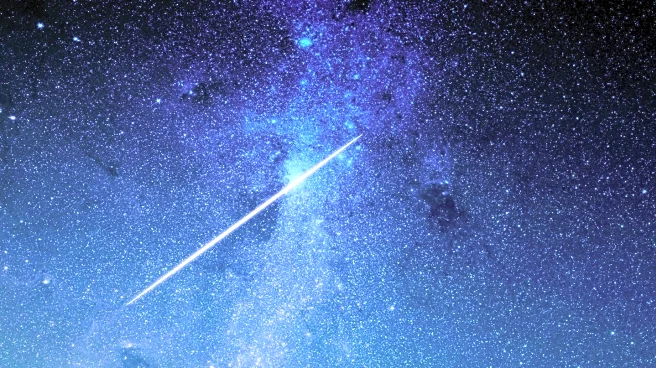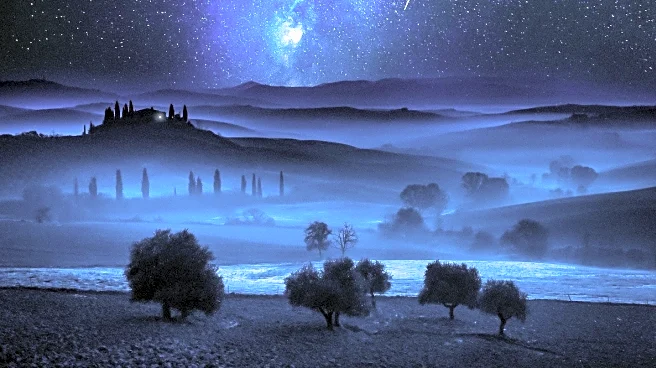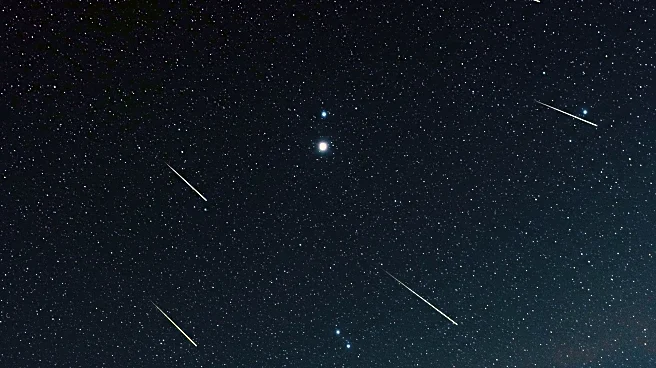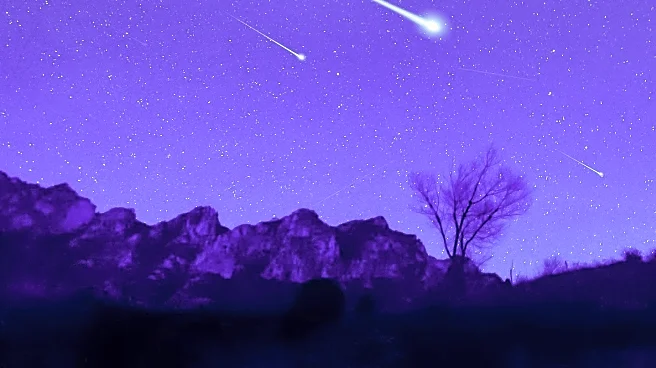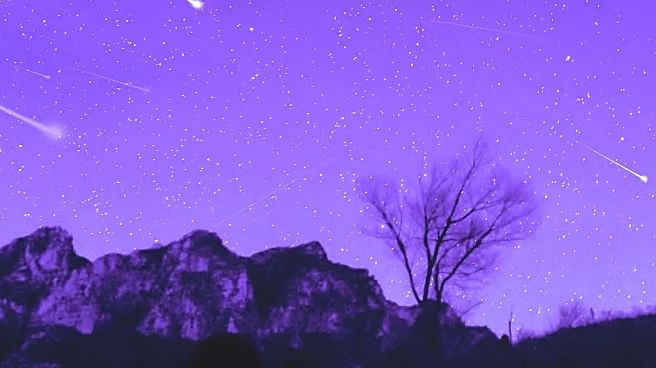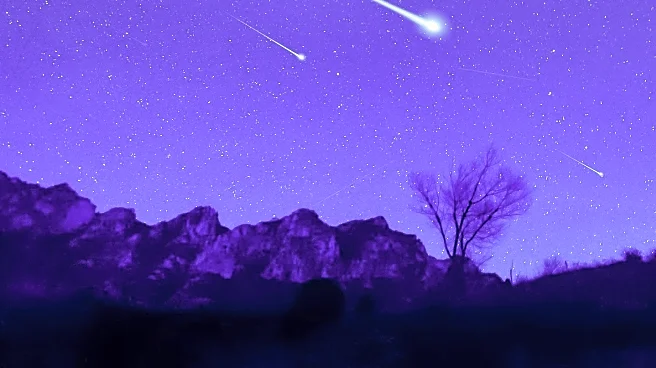Rapid Read • 8 min read
The Perseid meteor shower, a prominent celestial event, is set to peak on Tuesday night into early Wednesday morning, offering a spectacular display across the Northern Hemisphere. According to Bill Cooke, lead for NASA's Meteoroid Environments Office, the shower is caused by Earth encountering debris trails left by Comet Swift-Tuttle. Historically captivating observers since 36 A.D., the Perseids are expected to produce up to 50 meteors per hour under optimal conditions. However, moonlight may reduce visibility, with estimates suggesting 10 to 20 meteors per hour for most viewers. The best viewing times are between 2 to 4 a.m., and observers are advised to find dark locations away from city lights for an unobstructed view.
AD
The Perseid meteor shower is a significant event for astronomers and sky watchers, providing an opportunity to witness one of the most reliable meteor displays. It highlights the ongoing interest in celestial phenomena and encourages public engagement with astronomy. The event also underscores the importance of preserving dark sky areas, which are crucial for astronomical observations. For the scientific community, such events offer insights into cometary debris and atmospheric interactions. The shower's visibility across the Northern Hemisphere makes it accessible to a wide audience, fostering a shared experience and appreciation for natural wonders.
The Perseid meteor shower will continue to be active until September 1, although peak viewing is expected on Tuesday night. Sky watchers are encouraged to plan their viewing sessions during the recommended hours for the best experience. As the event progresses, astronomers may gather data on meteor activity and atmospheric conditions, contributing to ongoing research. Public interest in such celestial events may lead to increased participation in astronomy-related activities and discussions about light pollution and its impact on night sky visibility.
The Perseid meteor shower serves as a reminder of the broader environmental and cultural implications of light pollution. As urban areas expand, preserving dark skies becomes increasingly challenging, affecting both scientific research and cultural heritage. The event also highlights the role of public outreach in science, as organizations like NASA provide guidance and information to enhance public understanding and enjoyment of astronomical phenomena. Long-term, such events may inspire efforts to protect natural nightscapes and promote sustainable practices that balance development with environmental conservation.
AD
More Stories You Might Enjoy
